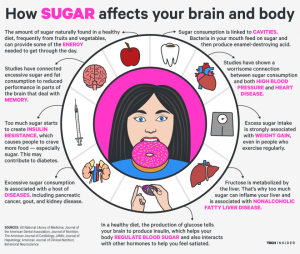
Creating a nutrient-rich meal plan is essential for maintaining a healthy lifestyle. By incorporating a variety of nutrient-dense foods into your daily diet, you can ensure that your body gets all the essential vitamins, minerals, and antioxidants it needs to function optimally.
Step 1: Assess Your Nutritional Needs
Before you begin creating your meal plan, it’s important to assess your nutritional needs. Consider factors such as
age, gender, weight, activity level, any specific dietary restrictions, and personal health goals.
Step 2: Choose Nutrient-Dense Foods
Nutrient-dense foods are those that provide a high amount of nutrients relative to their calorie content. Include a
variety of fruits, vegetables, whole grains, lean proteins, and healthy fats in your meal plan. Aim to incorporate a
rainbow of colors in your fruits and vegetables to ensure a wide range of phytochemicals and antioxidants.
Step 3: Plan Your Meals
Planning your meals in advance can help you stay on track and make healthier choices. Allocate specific times for
breakfast, lunch, dinner, and snacks. Create a menu for the week, listing the meals you plan to have each day. This
will help you organize your shopping list and ensure that you have all the necessary ingredients on hand.
Step 4: Balance Macronutrients
Macronutrients are the three main components of a healthy diet: carbohydrates, proteins, and fats. Aim to include a
balance of all three in each meal. Carbohydrates provide energy, proteins support muscle growth and repair, and fats
help with nutrient absorption and hormone production. Avoid extreme diets that eliminate any macronutrient group and
opt for a balanced approach instead.
Step 5: Monitor Portion Sizes
It’s important to be mindful of portion sizes to avoid overeating and ensure you’re consuming appropriate amounts of
nutrients. Use measuring cups, food scales, or visual cues to guide portion sizes. Include a variety of food groups,
but be aware of your overall calorie intake to avoid excessive weight gain or loss.
Step 6: Include Adequate Hydration
Hydration is crucial for maintaining overall health. Include an adequate amount of water in your meal plan. Aim for at
least eight glasses of water per day. You can also incorporate other hydrating beverages, such as herbal teas or
infused water, for variety.
Step 7: Keep It Interesting
Creating a nutrient-rich meal plan doesn’t mean sacrificing flavor or enjoyment. Experiment with different cooking
methods, herbs, and spices to enhance the taste of your meals. Incorporate new recipes or try a variety of
international cuisines to keep your palate excited and prevent boredom.
Conclusion
Designing a nutrient-rich meal plan requires careful consideration of your nutritional needs and selecting a variety
of nutrient-dense foods. By planning your meals, balancing macronutrients, monitoring portion sizes, staying hydrated,
and keeping it interesting, you can create a meal plan that supports optimal health and allows you to enjoy delicious
meals at the same time.

